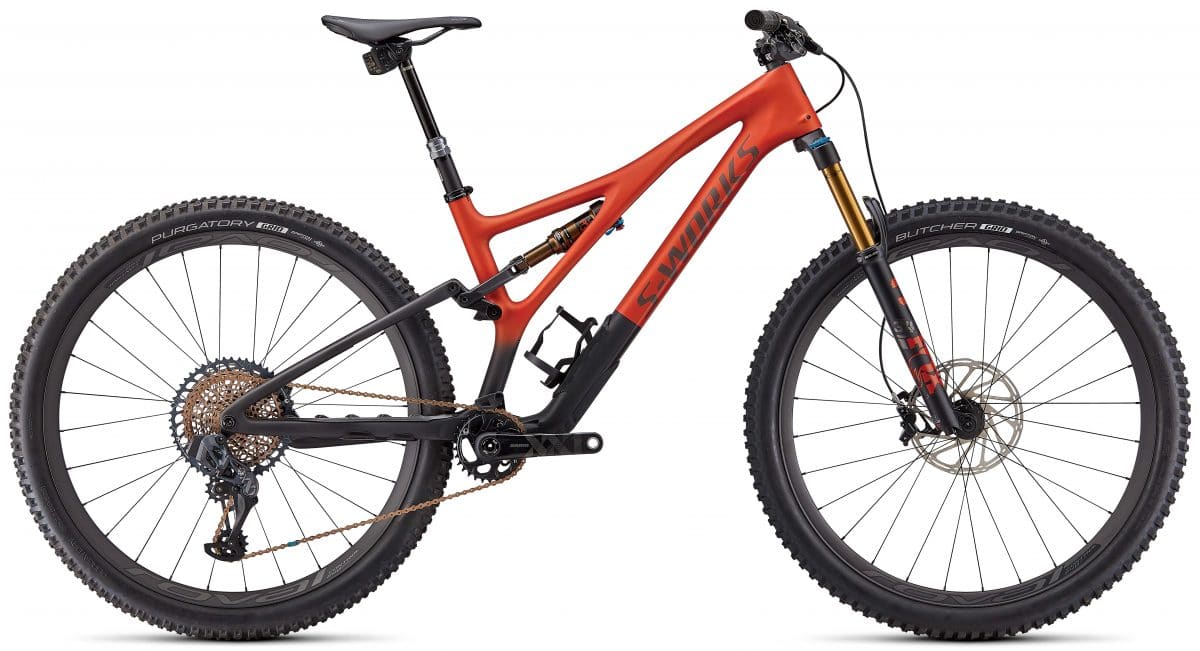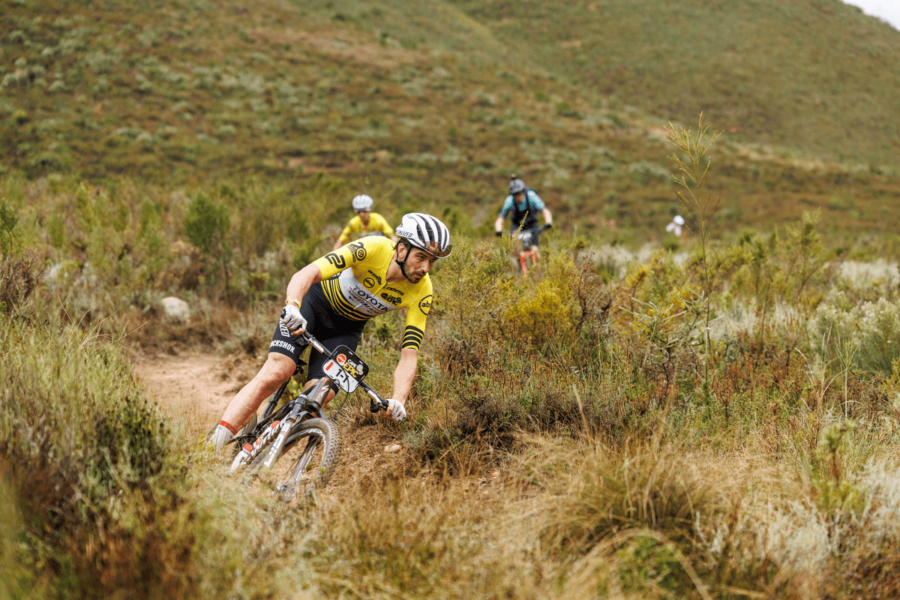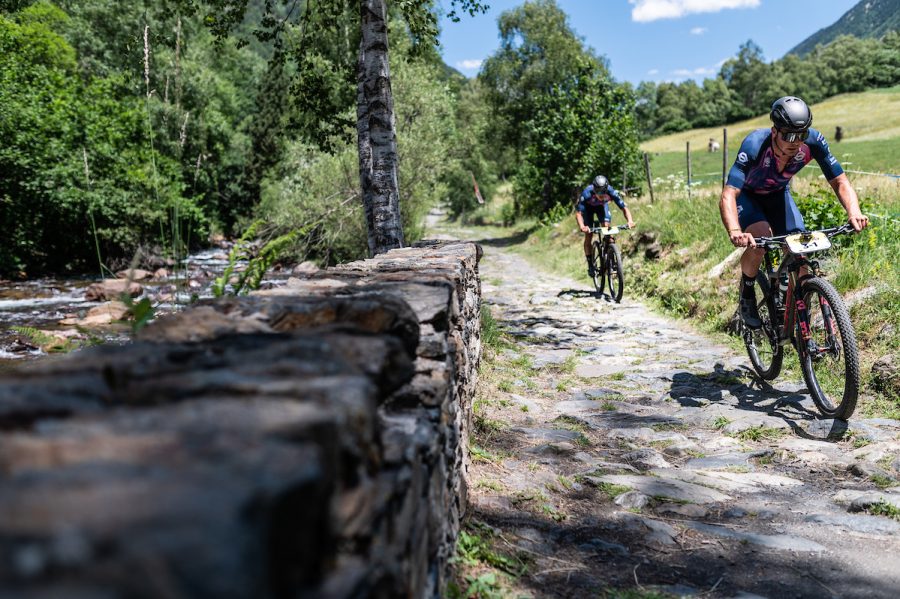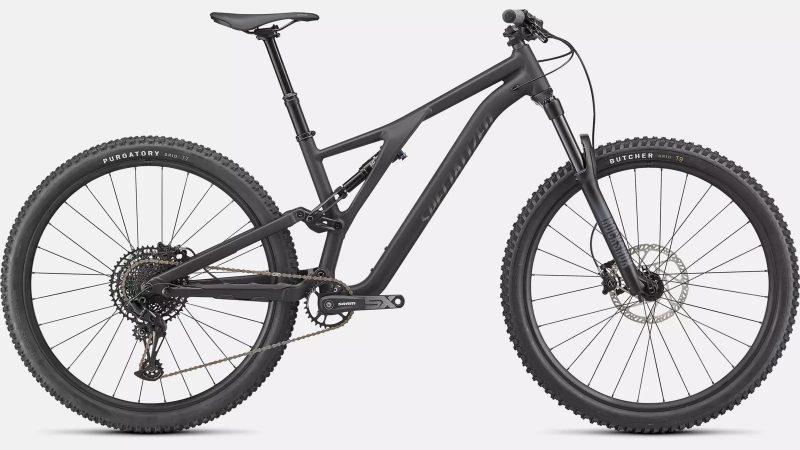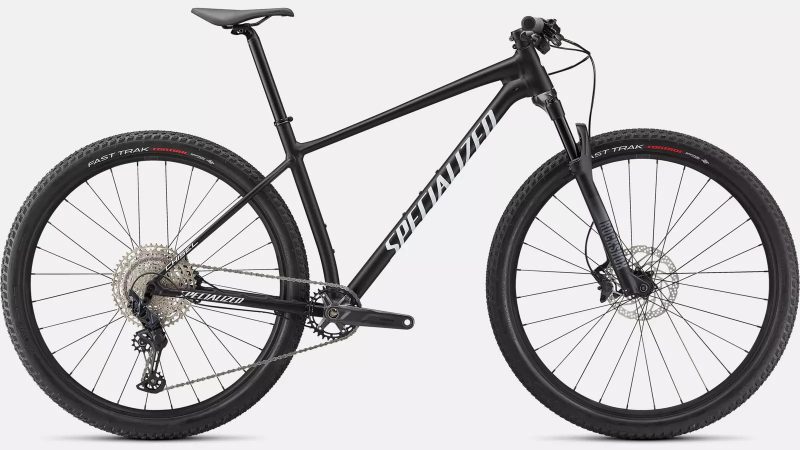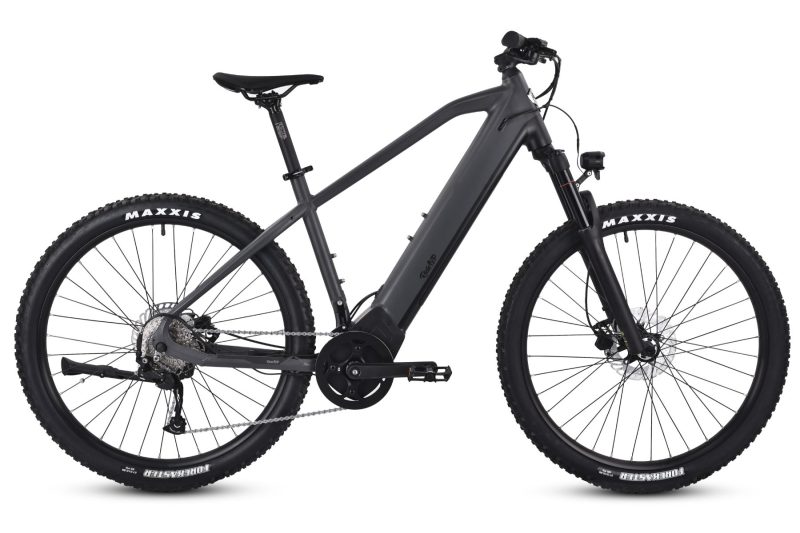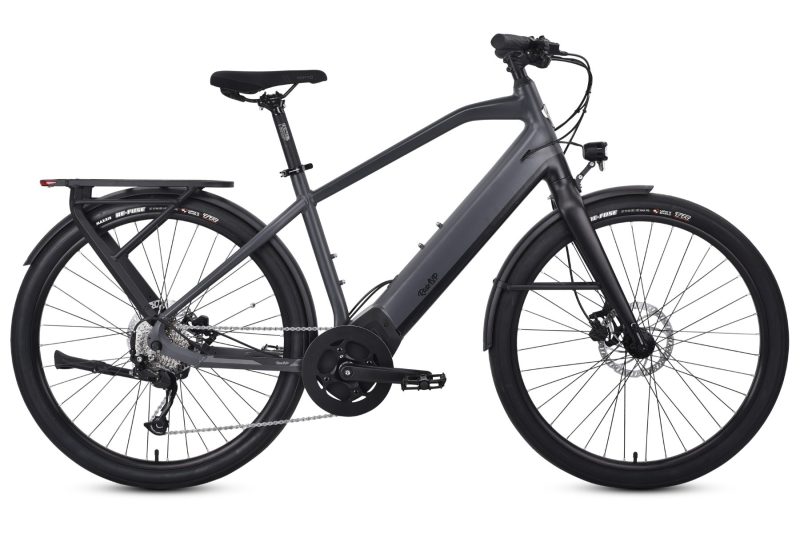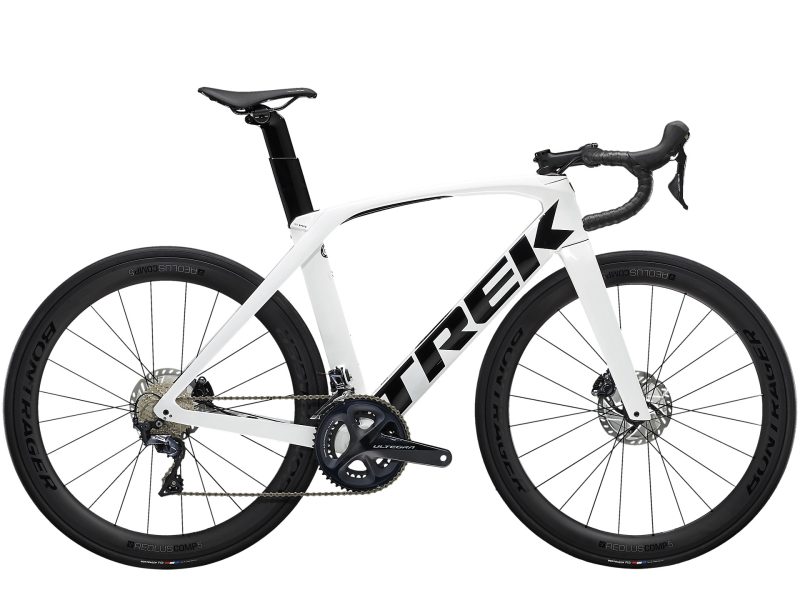To enjoy mountain biking’s golden age you need a bike that thrives in varied terrain and unlocks your potential on the trail. In the forty years since Specialized first introduced the Stumpjumper, they’ve ridden with all kinds of trail riders from all around the world in every terrain imaginable. And learnt that “trail riding” can mean a lot of different things to a lot of different people.
To unleash the full potential of the full spectrum of trail riding, Specialized created two Stumpjumper siblings: Stumpjumper and Stumpjumper EVO. Some of us find our flow railing endless ribbons of backcountry singletrack in a haze of endorphins. This is Stumjumper’s native habitat. For those who crave ever bigger hits and sketchier terrain, they created the Stumpjumper EVO.
The EVO is your seat in the eye of the hurricane, delivering unprecedented control, capability, and adjustability along with unexpected climb-ability. And that’s good, ‘cause when stuff starts flying on the trail, you’ll be Zen in the middle of the mayhem.
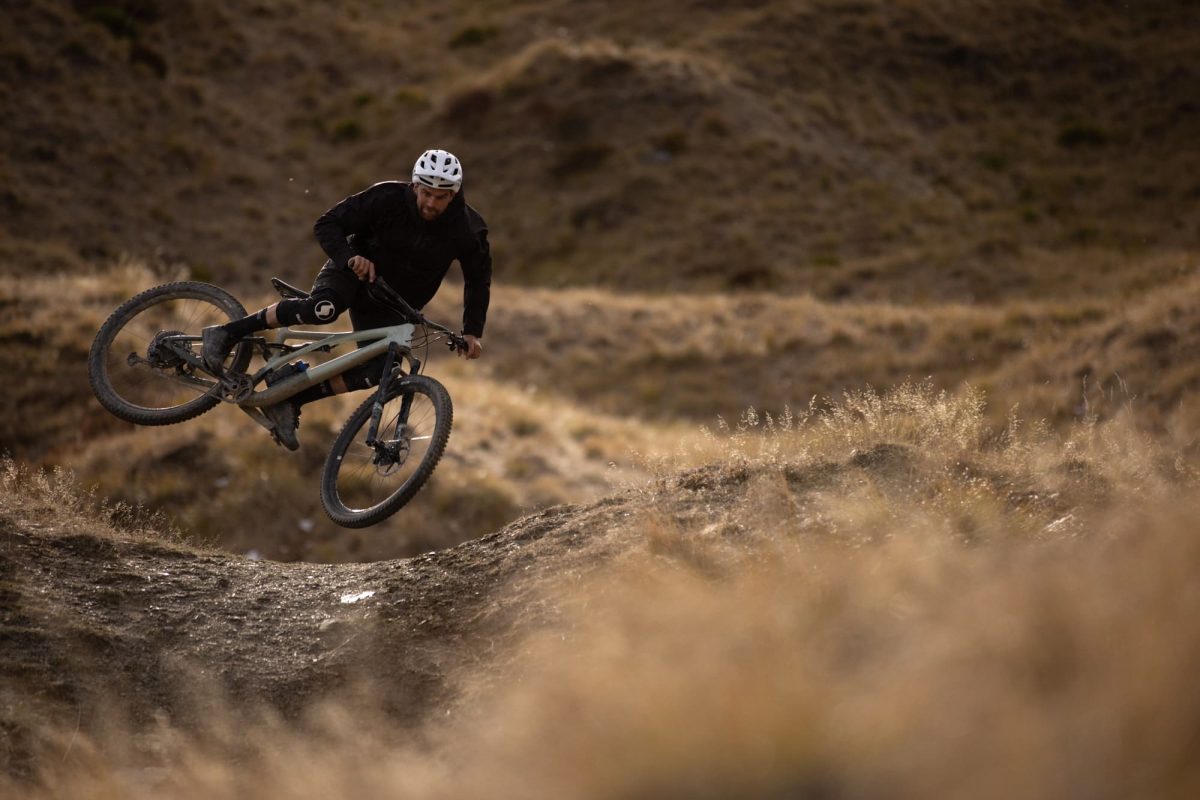
Short-travel trail bikes have long cornered the market on lightweight and snappy climbing, but also often fall short when it comes to suspension performance and big terrain capability. The new 2021 Stumpjumper tears up that old script — Specialized never made an all-round trail bike this light, efficient, AND capable. The new #Stumpy brings a telepathic, magic carpet quality to your ride. It’s planted and weightless at the same time. Stable, yet nimble.
To make the Stumpy the ultimate singletrack flow finder, Specialized combined the lightweight, efficient DNA from our Epic EVO with the benchmark handling and capability of the Stumpjumper EVO. The result is a well-balanced performer that climbs and accelerates like it has a motor, descends with conviction, and flat out tears through every conceivable trail condition.
Enjoy.
The frame is the backbone of the bike. It’s the origin of control and efficiency and is the centerpiece of any serious weight saving effort.
Ready to build with all the fixin’s*, an S-4 Stumpjumper chassis is 2,420 grams; that’s flippen light! Over 100 grams lighter than the previous Stumpjumper chassis.
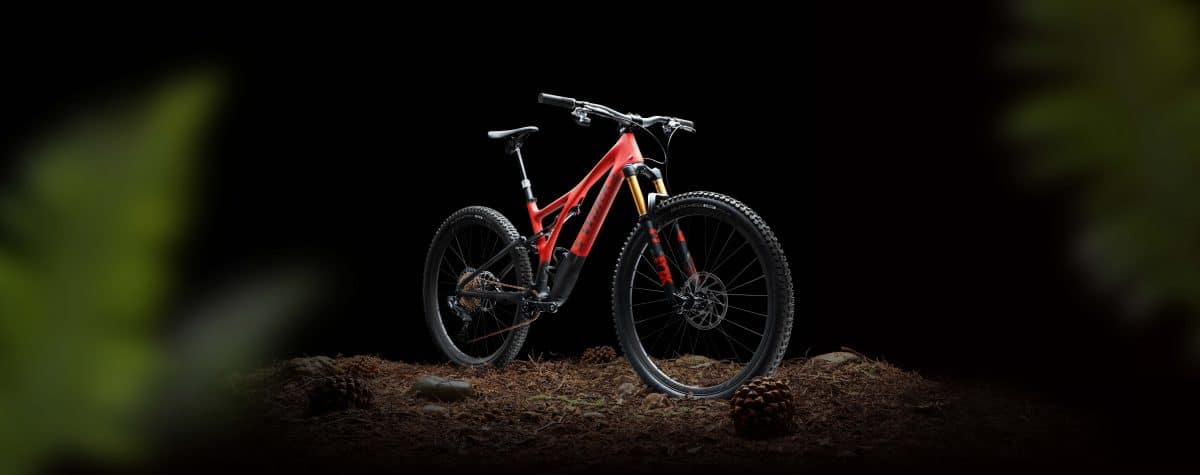
To get to this weight — while improving handling characteristics, pedalling efficiency, and toughness — required the development team to pull out all the stops. The process started with frame shape, proceeded to composite selection, and finished with hundreds of iterations to optimise the layup.
Lazy Carbon. Bye, bye!
The shape of a composite frame determines the vast majority of that frame’s weight, stiffness, and durability. After crunching countless Finite Element Analysis calculations, the engineers optimised the dimensions and radii of the Stumpy’s frame tubes and their intersections, eliminating “lazy” material that would otherwise hide in unoptimised corners. This ensures that every fibre is delivering the most strength and stiffness it can.
Small adjustments in shape make big differences in how the material performs. A great example of this is the shock mount at the top tube. By keeping the top tube “intact” (rather than piercing and bending it to shroud the shock, like the previous Stumpjumper), it’s more structurally sound and therefore more effective at bearing a load. The flat sections of the shock mount likewise carries those loads more effectively than the curved shock mounts of the previous Stumpy. Together, this top tube/shock mount section is lighter AND stiffer than its predecessor, without sacrificing durability.

Another example of how shape optimises material use is the Sidearm design. The asymmetric Sidearm strut supports the shock link pivot, boosting stiffness by connecting rear end with front for a direct and integrated feel. The Sidearm also prevents torsional loads from entering the top tube, which helps the bike track and handle with precision.
The top tube is structurally optimised by retaining its tubular integrity, while the flat sections of the shock mount plates intelligently transfer loads to the robust sides of the top tube.
The Sidearm strut supports the shock link pivot, boosting stiffness by connecting rear end with front for a direct and integrated feel.
There are a myriad of composite materials at Specialized’s disposal when developing a frame, each with varying strength, stiffness, and toughness attributes. By selecting the optimal material for specific locations in the frame they can achieve the rider-focused performance targets with the least amount of material. During the development process it became clear that they would need to utilise the strongest, most expensive carbon ever used in a mountain bike frame.
Once the frame shape was finalised and material selection made, refinement of the layup schedule came from testing prototypes in the lab and on the trail. This process provided qualitative and quantitative feedback that illuminated how to make improvements in the layup. Specialized revised the layup schedule, built another proto, and tested again. And again. The iteration loop continued for 203 days for the Stumpjumper, culminating at their goal of the lightest, best handling, most efficient 130/140mm travel trail bike ever created. Believe us when we say that there’s no lazy material loafing around in the Stumpy frame.
Life happens out on the trail. Flats, unplanned dismounts, rainstorms. Just ask Murphy, he wrote the law. Luckily the Stumpjumper’s SWAT compartment will faithfully carry all the stuff you need to get out of most trailside tight spots. And even with that high-volume cavity in the downtube, the engineers figured out how to distribute all the loads around the opening. The Stumpy still delivers the stiffness required for telepathic handling on the trail, while also providing heavy-duty strength at an unprecedented light weight.
Specialized’s Rider-First Engineered™ process delivers the ideal balance of tuned stiffness, weight, and ride quality from all six sizes. This ensures that every rider experiences the same ultimate trail ride characteristics, regardless of their size.The brand achieved this through extensive data acquisition of forces through every conceivable part of the frame in every frame size, and then validated that number crunching with countless hours of hard riding.
The pivotless seatstay/chainstay of the Stumpjumper leverages everything Specialized learned about building lightweight, full suspension trail bikes (something they’ve been doing since ‘93). A closer look at the rear dropout area revealed that there was no mechanical pivot. By applying expertise in composites, they were able to ditch 55-grams of hardware, enhance lateral chassis stiffness, reduce maintenance, and precisely match suspension kinematics and chassis stiffness. In short, it’s the lightest, most efficient, control-enhancing suspension solution for a mid-travel trail bike Specialized have ever made. The elegance of this solution is fully realised and appreciated on the trail.
Through precise shaping of the seatstays and chainstays, along with utilization of appropriate composites, Specialized created a flex zone along the seatstay, above the brake mount, that serves up 130 mm of travel without any rear end pivot hardware or redundant material required for bonding pivot parts in the carbon.
The one-piece design improves torsional and lateral stiffness, which in turn enhances responsiveness and pedalling efficiency. These lateral and torsional stiffness gains are achieved by eliminating the flex intrinsic in mechanical pivots.
You won’t realise how much chain slap was bumming your ride until it’s gone. The chainstay protector makes the drivetrain virtually silent by disrupting the sine wave of an unchecked chain clattering away in the rough. The result is the transcendent silence of one hand clapping.
The trail obsessed team of engineers stay awake at night thinking of how to make suspension work better. For the Stumpjumper, they tailored every aspect that contributes to final suspension characteristics — kinematics, leverage curves, damping, and spring rates — to work together in harmony to deliver a highly controlled, responsive, and precise ride that handles bump forces like a bike with far more travel.
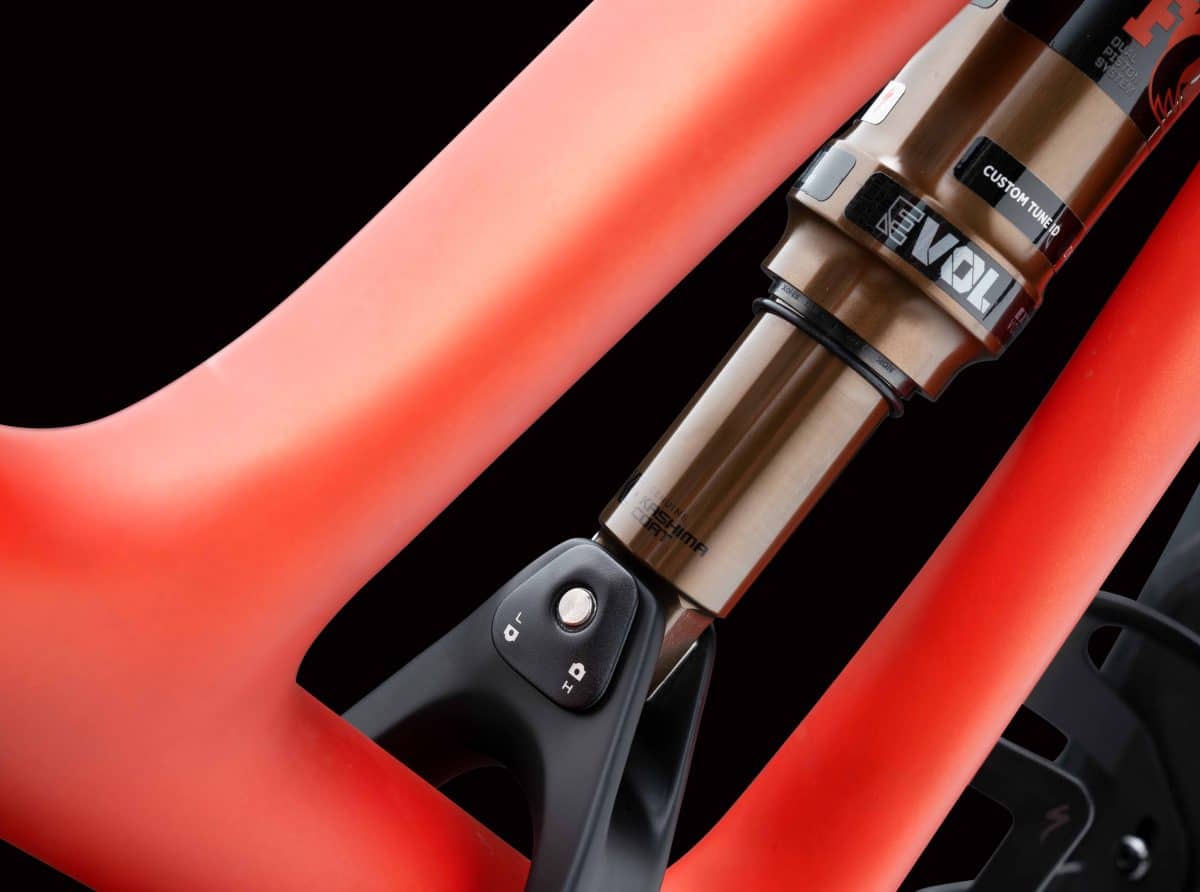
The Stumpjumper has a very progressive leverage rate with a steep slope. This helps achieve a lively, snappy ride with generous utilisation of travel and a good platform to pedal against through the mid-stroke, as well as great bottoming resistance at the end of the stroke. These are exactly the characteristics you want for a mid-travel trail bike designed to see full-size trail duty.
To work in concert with our steep leverage ratio, they used a larger volume spring to provide a more gradual spring ramp. This spring rate enables more usable travel in the most common trail conditions, while still maintaining progression for good bottoming resistance.
Specialized’s goal was excellent pedalling performance and mid-stroke pedaling support without sacrificing bump performance. To achieve this, they used Fox’s Digressive piston to add low-speed compression without overproducing on high shaft speeds normally associated with square edge bumps. They tuned the piston very light in order to give just enough support while remaining active and excelling in rough terrain.
Specialized wanted to keep the shock active without packing and allow for a responsive shock. Also to provide the rebound support needed for larger events where the spring stores a lot of energy. That’s a big ask. To achieve that, they created a custom progressive rebound tune. This keeps the rebound quick and responsive toward the top of the stroke but ramps up for deep stroke support where the spring is storing its maximum energy.
The combination of the progressive leverage ratio and mildly progressive spring rate results in precisely the ride they dreamed of for our mid-travel trail ripper. What you feel on the trail is a lively, snappy ride for the first two-thirds of travel, then — thanks to the increasing spring rate — excellent bump force management and resistance to bottoming in big events.
To ensure sufficient rebound with fast, deep hits, the progressive rebound damping catches big impacts. But, because rebound damping is lighter through the mid-stroke, it comes back quick so it’s ready to handle the next impact.
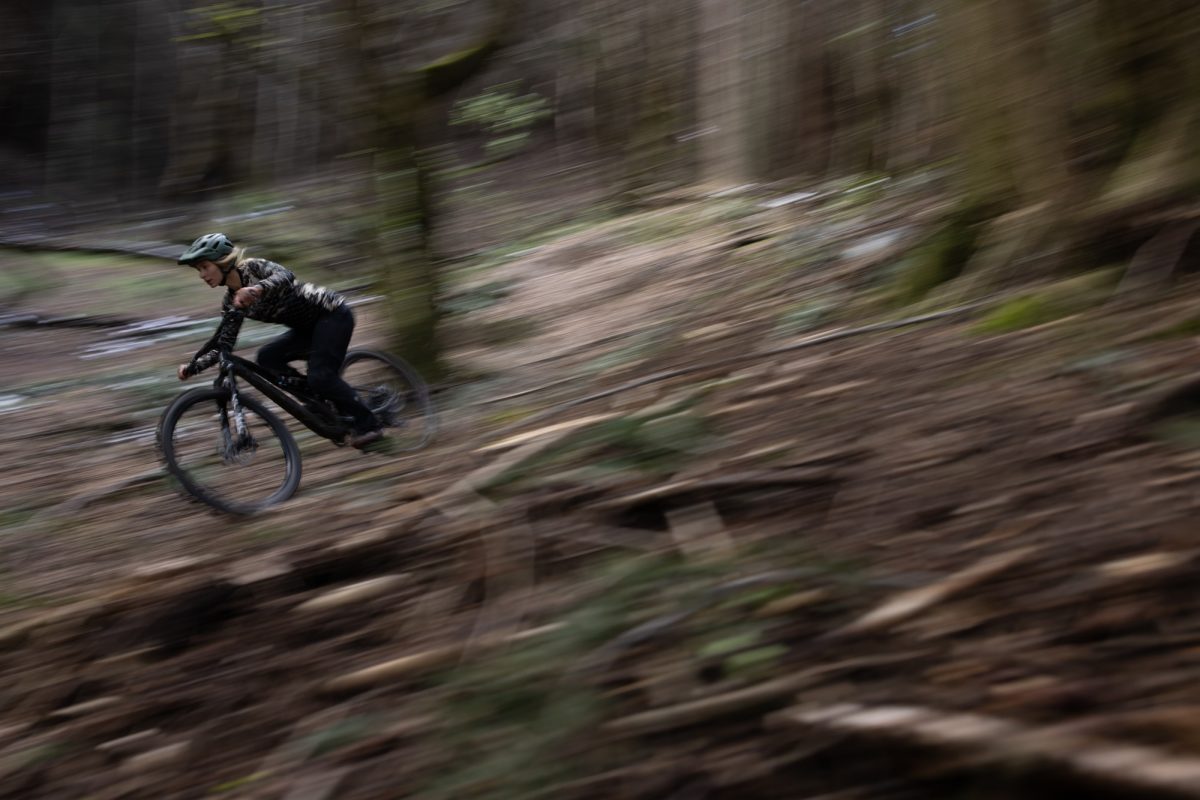
The new 2021 Stumpjumper geometry contributes to a level of control and efficiency never before found from a mid-travel trail bike. How? The generous cockpit gives you the room you need — centering you on the bike and improving traction and corner control. The low bottom bracket, slack headtube angle and reduced fork offset keep things stable in the rough. A steep seat tube optimizes power output and puts your weight over the front while climbing. And short chainstays keep things flickable and nimble.
To hone handling to your style and terrain, the FlipChip at the rear shock eye allows you to change bottom bracket height by 7mm and headtube angle by one-half degree.
The Stumpjumper’s S-Sizing is based on what matters: rider size and style, not inseam. Six sizes, all with similar headtube lengths and standover, allow you to choose the size that best suits your individual style. Smaller S-Size numbers are more nimble, thanks to their shorter reach and front center measurement, while bigger S-Sizes deliver more stability and a roomier ride.
Determining your S-Size is easy. If you rode a Medium before, then S-3 will be your equivalent size. But if you want a more nimble ride, you should drop down to an S2. Want a bike that’s more stable at speed? Bump up to an S4. Following are examples of three riders, all 5’8” (1.73m), who chose three different sizes.
Creating the ultimate trail bike out of costly materials and utilizing processes typically reserved for space exploration was pretty hard. Bringing that unprecedented performance to as many riders as possible was even tougher. But Specialized did exactly that with the new alloy Stumpjumpers, delivering the same great geo, Rx-Tuned suspension, ride quality, and S-sizing as their carbon siblings, but at much more attainable price points.
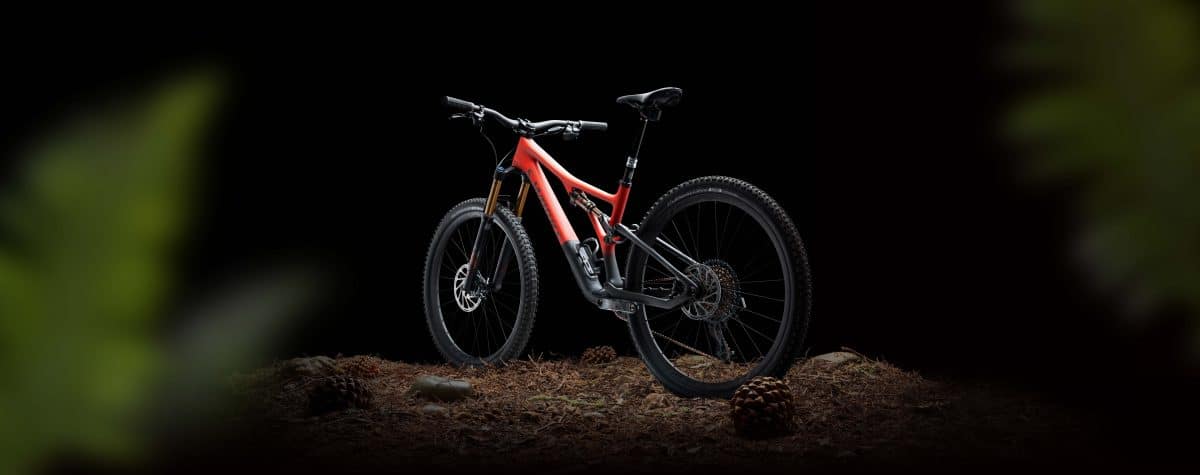
Being tasked with creating the rippingest trail bike ever made is no small feat. Steve Saletnik, Matthias Segerer, Chance Ferro, Kayla Clarot, Luke Beemer, Fred Chiu, and more than a dozen others dug into every aspect of handling, stiffness, and suspension kinematics to do exactly that.
Source: Specialized Bicycles

